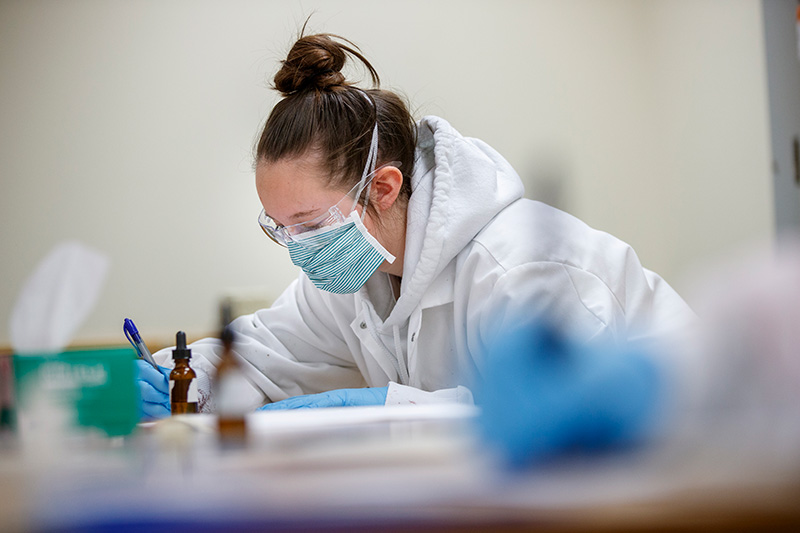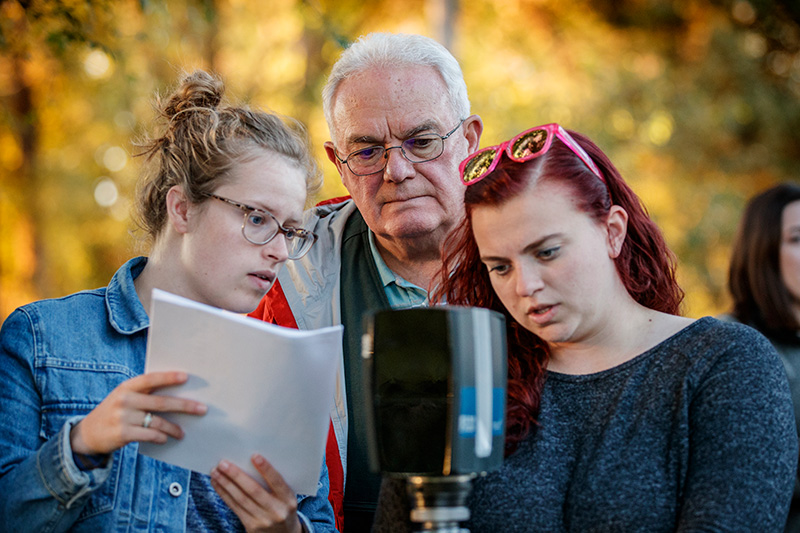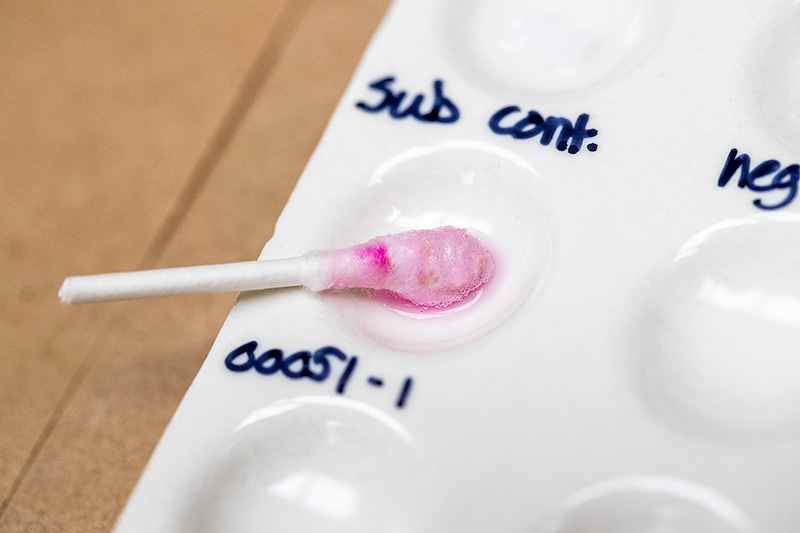
We develop the world’s next great scientists by getting students out of the book and into the lab.
Forensic chemistry is the application of chemistry and chemical methods, using modern analytical equipment, to assist in the identification of unknown materials found at a crime scene. Some examples of forensic chemistry applications include the identification of:
- Illicit drugs or toxins
- Explosives residue (including gunshot residue)
- Synthetic versus natural fibers

Taylor Rambo
Forensic Graduate
"After visiting UNL and meeting some of the faculty and students, I knew right away that this was the group of people I wanted to continue my education with. I have been able to combine my love for the medical field and forensic science through the help of my professors and peers, and choosing to be a part of this program will always be one of the best decisions I’ve made."

Get Started
We develop the world’s next great scientists by getting students out of the book and into the lab.
Apply Course CatalogIn addition to instruction in proper lab techniques and safety, students will also receive hands-on instruction in many lab techniques and methods including:
- Thin layer chromatography
- FTIR
- GC/MS
- Quality assurance/Quality Control (QA/QC)
Successful completion of the curriculum will provide a strong chemistry and science background.
